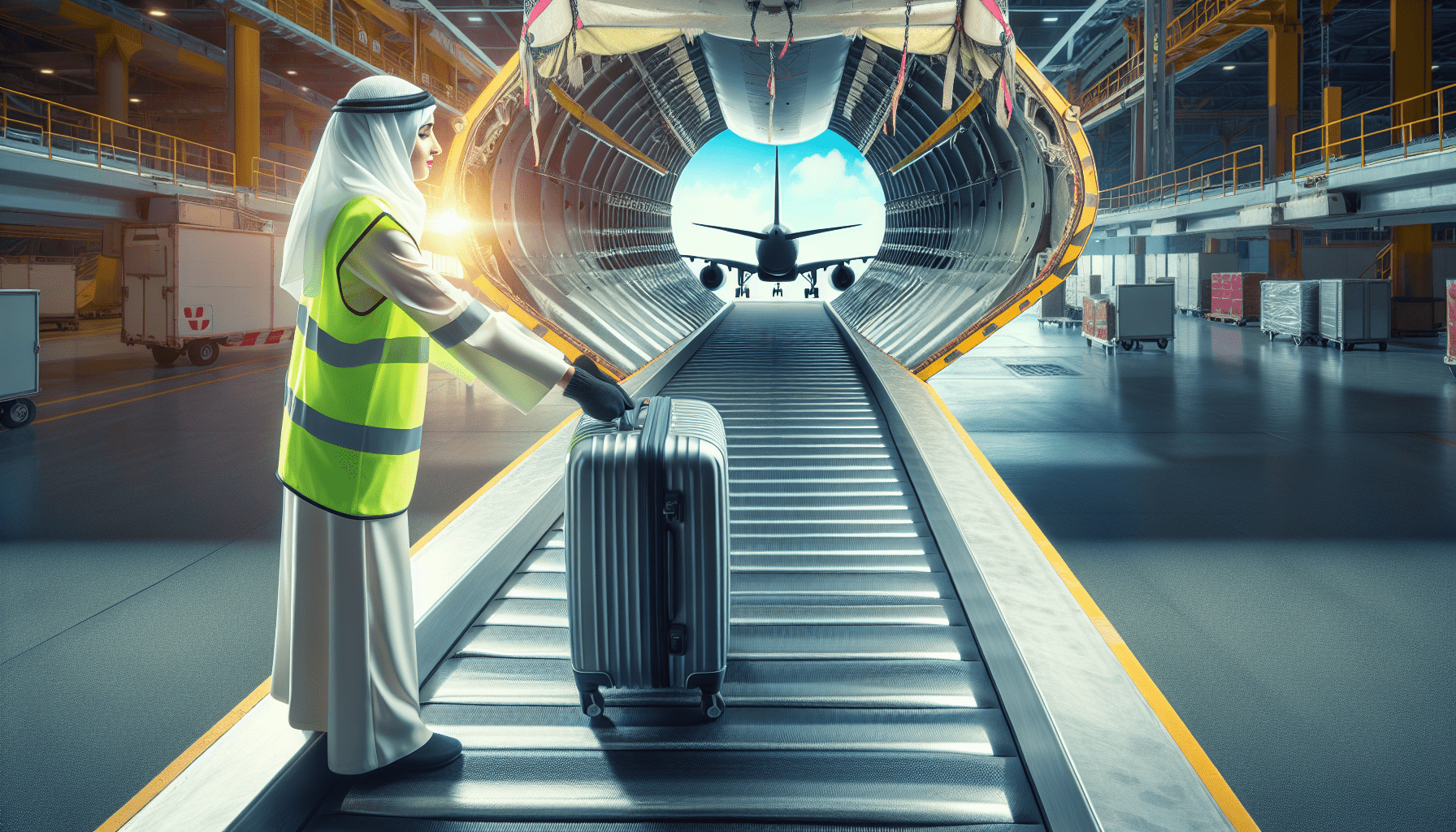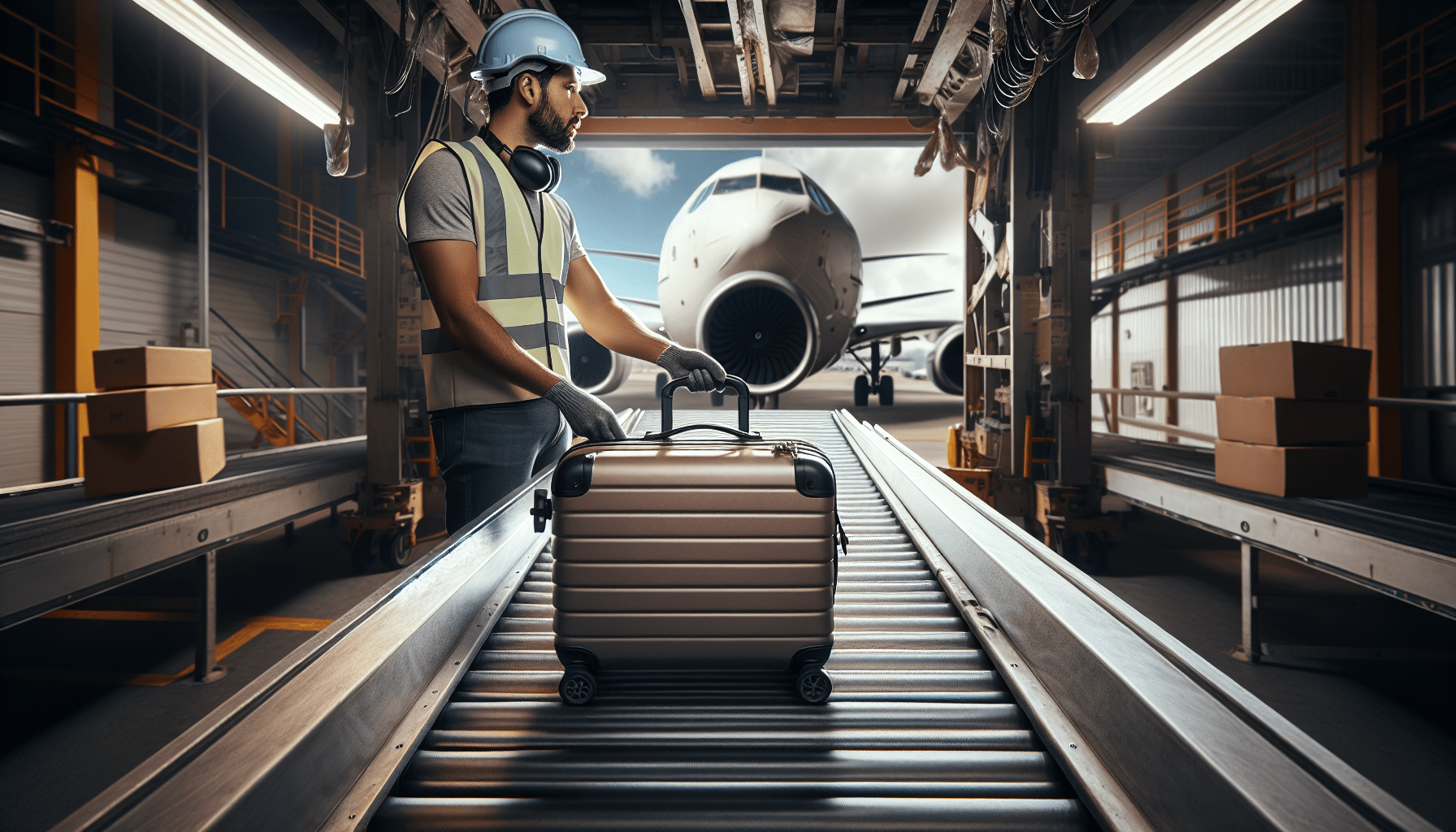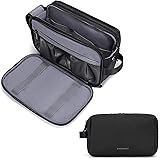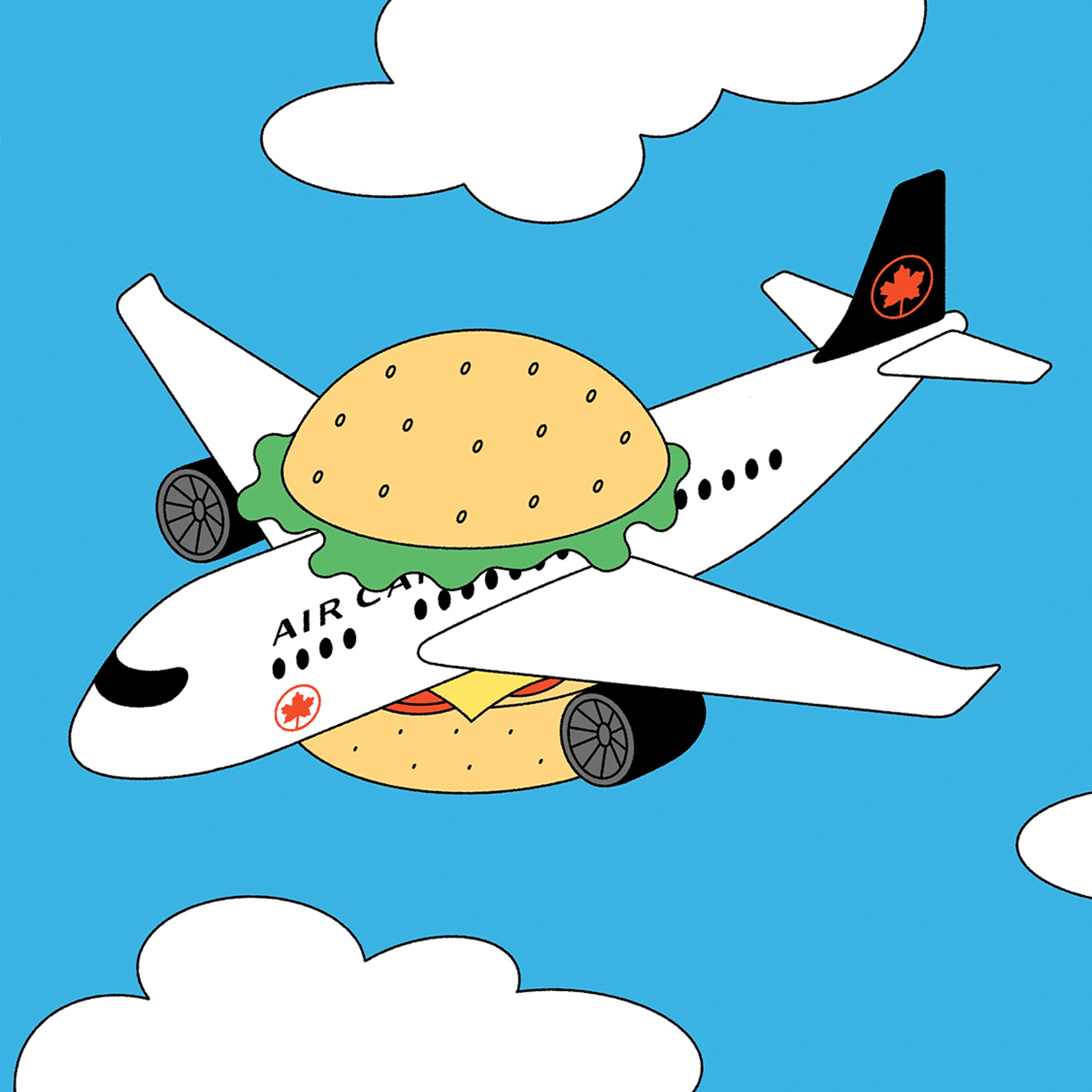adidas Unisex Defender 4 Large Duffel Bag, Black/White, One Size
$26.99 (as of November 22, 2024 15:26 GMT +00:00 - More infoProduct prices and availability are accurate as of the date/time indicated and are subject to change. Any price and availability information displayed on [relevant Amazon Site(s), as applicable] at the time of purchase will apply to the purchase of this product.)Ever wondered what happens to your luggage after you wave it goodbye at the check-in counter? It’s a curious thought, isn’t it? Almost like sending your beloved pet off to the vet, hoping it’ll return safe and sound. It’s a part of travel we usually don’t think about, but let’s put on our detective hats and get to the bottom of this mysterious journey. How is your luggage actually loaded onto the airplane?

Shop These Accessories for a Comfortable Trip
The Start of Your Luggage’s Journey
The adventure begins the moment your suitcase rolls away on that conveyor belt at check-in. This point is where your trustworthy travel companion starts its journey in the world of airport logistics. It might feel like it vanishes into an abyss, but in reality, it’s immediately funnelled into a well-oiled machine of tagged, scanned, and whisked away.
Baggage Tagging
First things first: tagging. Each suitcase gets a tag with a barcode, akin to a tiny dog tag. This barcode is essential because it contains all the details of your flight, ensuring your luggage gets routed to the right plane, just like you. Think of it as a GPS route for your suitcase, which is quite necessary given the labyrinthine nature of airport logistics.
Security Screening
Next stop: security. Your bag takes a trip through high-tech scanners designed to detect anything suspicious. It’s like your luggage going through an MRI, except it’s looking for prohibited items rather than health issues. If something iffy pops up on the screen, a human agent will step in, possibly rummaging through your carefully packed items.
Sorting and Routing: The Grand Central of Luggage
Once your suitcase gets the green light, it heads onwards to the sorting area. This place is the heart of the operation, teeming with conveyor belts, chutes, and workers ensuring each bag heads in the right direction.
The Conveyor Belt Ballet
Imagine a sprawling network of conveyor belts crisscrossing like an intricate dance routine. Your suitcase glides along these belts, passing various checkpoints where the barcode is scanned repeatedly to ensure it’s on track. It’s like your bag is participating in a marathon relay, with each scan being a baton pass.
Automating the Chaos
Airports often use sophisticated systems to make sure every bag reaches the right spot. Automation is king here, utilizing sensors and computerized sorting to minimize human error. Yet, humans play an invaluable role in keeping the whole system from failing spectacularly.
The Final Check
Before your luggage gets to the plane, it’s checked one last time. This checkpoint is to ensure each suitcase is accounted for and nothing’s gone awry. Any issues here could lead to delays or misplaced luggage, so it’s crucial to the process.

Shop These Accessories for a Comfortable Trip
Loading the Luggage: Ground Crew’s Heavy Lifting
Here’s where things get particularly interesting. Depending on the aircraft type, loading your luggage onto the plane involves different techniques and equipment.
Narrow-Body Aircraft: Manual Loading
On shorter routes, you’re likely flying a narrow-body aircraft—a plane with a single aisle. The hold in these planes is comparatively tiny, requiring the ground crew’s muscle power for loading.
From Cart to Conveyor
Ground crew members transport the luggage from the sorting area to the plane using carts. These carts then pull up to the plane’s side, where a machine called the Power Stow (a fancy conveyor belt) whisks the bags upwards.
Stowing the Bags
At the end of the conveyor, a crew member stands ready, juggling and stacking your luggage like pieces in a Tetris game. The goal is to pack efficiently while balancing the plane’s weight distribution—a delicate art requiring both skill and patience.
Wide-Body Aircraft: Containerized Loading
For long-haul flights, you’re typically on a wide-body aircraft, which comes with a different set of rules and tools. The hold here is much larger, allowing using containers known as Unit Load Devices (ULDs).
What Are ULDs?
ULDs are essentially large boxes or pallets designed to hold multiple suitcases. They come in different sizes and are stocked according to weight and destination, ensuring the airplane stays balanced, akin to careful grocery packing.
| ULD Type | Description |
|---|---|
| LD3 | Half-width container, commonly used |
| LD6 | Double the size of LD3 |
| Pallet | Flat platform for oversized items |
Loading the ULDs
Once packed, these ULDs are transported to the aircraft using specialized vehicles. They are then loaded into the plane’s belly, securing precisely to avoid any in-flight movement.
Ensuring Balance and Safety: Weight and Balance Teams
Balancing the weight of the aircraft is not just vital for performance but essential for safety. Misbalancing can lead to handling issues, and nobody wants that at 35,000 feet.
The Science of Weight Distribution
This job falls to a team responsible for calculating the optimal distribution of weight. They factor in passenger seating, fuel, and of course, luggage. They sometimes need to rearrange bags to ensure everything remains in equilibrium.
Plan B: Possible Adjustments
What if something changes last minute? A flight ends up under or overbooked? No problem! The team adjusts the weight calculations and repositions luggage if necessary, a crucial yet often overlooked aspect of air travel.
Post-Flight: Luggage Arrival and Claim
Finally, after touching down, your luggage has one more leg to go—reaching the baggage claim. But before we get into how it gets there, let’s touch on a tiny trick for getting your bag out first!
The Early Loader Trick
If you want to see your luggage first on the carousel, try checking in early. Bags loaded first in narrow-body aircrafts are likely to be at the top of the stack, coming out first at claim. It’s not foolproof, but it can slightly nudge luck in your favor.
The Unloading Process
When your flight lands, the ground crew springs into action. They reverse the loading process—bags are wheeled off, sorted, and sent to the baggage claim area. Much like how they left but in reverse, tracing back their steps to reunite with you.
Troubleshooting: When Things Go Wrong
We’ve all been there—standing at the baggage claim, anxiously waiting while everyone else’s bags miraculously appear. What happens if your luggage decides to go on an extended vacation?
Lost Luggage Protocol
Airlines have protocols for handling lost luggage. Usually, your bag is simply delayed, often on the next flight. The barcode lets the airline track it down quickly and arrange for it to be sent to your location, albeit with a tad bit of hassle.
Damage and Claims
If your luggage arrives damaged, make sure to report it immediately. Airlines have departments dedicated to handling such claims, offering compensation or repairs depending on the extent of the damage.
Tips for Travelers: Ensuring a Smooth Luggage Journey
While many aspects of luggage handling are out of your control, there’s still much you can do to make the process smoother.
Use Sturdy and Distinctive Luggage
Opt for hard-shell suitcases and avoid keeping fragile items inside. A colorful ribbon or a unique tag can make your bag easier to identify.
Double-Check Your Tags
Ensure the check-in agent attaches the correct tag to your luggage and keep your receipt. Mis-tagged luggage is a common cause for delays or losses.
Secure Your Valuables
While we’d like to believe nothing ever goes wrong, it’s always wise to pack valuables in your carry-on. Never stow items with sentimental or high monetary value in your checked luggage.
Conclusion: The High-Stakes Ballet of Baggage Handling
So, there you have it—a detailed, behind-the-scenes look at how your luggage makes it onto the airplane. It’s a fascinating blend of manual labor, automation, careful planning, and precise execution, all working seamlessly to ensure your bag has as smooth a journey as you do.
The next time you hand over your suitcase at check-in, you’ll know it’s embarking on a well-coordinated adventure. Even though the process is complex and sometimes glitches happen, the system is designed with one primary goal in mind: ensuring you and your luggage reunite happily at your final destination.
Shop These Accessories for a Comfortable Trip






